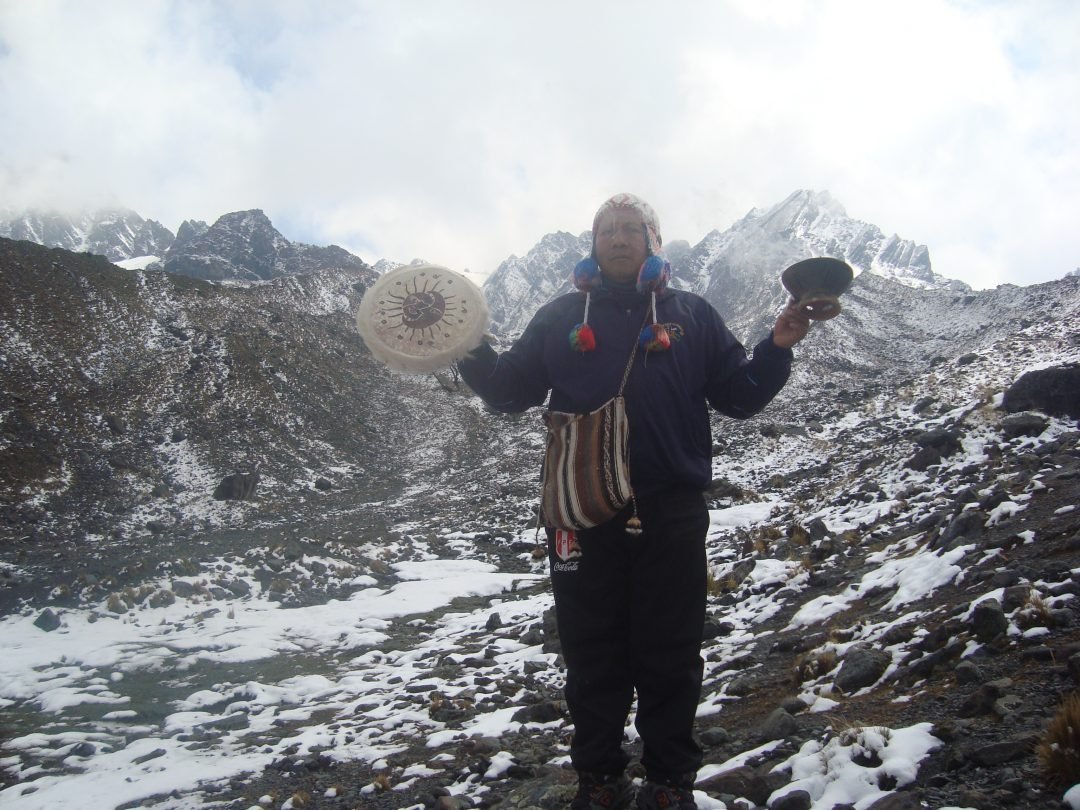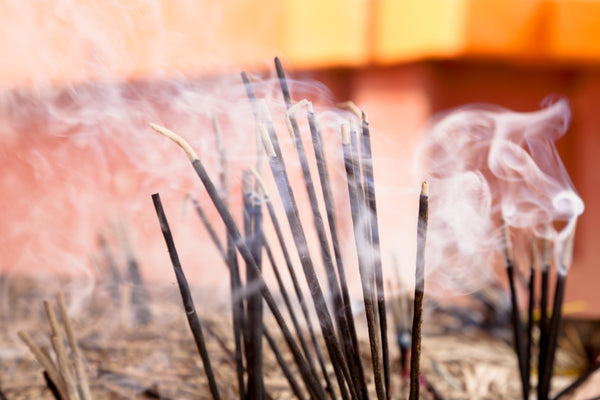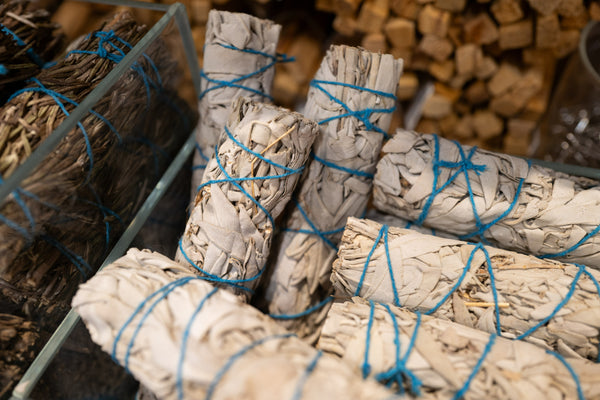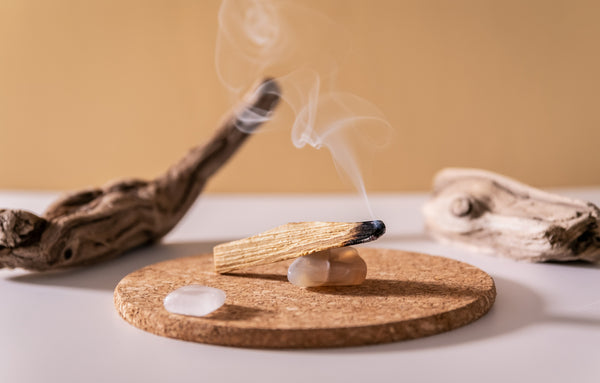
Incense Fit for the Mountain Gods
Shamans MarketLife in the elevated levels of the Peruvian Andes Mountains can be tough and the climate can be the most diverse in the country. When storms blow, tearing across the rugged peaks, they are often accompanied by strong winds, killing lightning and damaging hail. Temperatures vary from temperate in valleys to frigid at elevation. The presence of clouds in the rainy season can hold the daytime heat during the night, yet cloudless nights are cold. Being the longest stretch of mountains in the world, the highest summits are found in the central Andes through Peru and Chile. Rainfall is higher over mountain than valley, yet the lakes influence the distribution and rainfall amounts, sometimes producing twice as much rainfall over themselves than over surrounding terrain.
With all the influence of the mountains on survival, is it any wonder they came to be regarded by the people living closest to them as powerful and sacred spirits, source of life giving water and male nature energy? So sacred, in fact, they were given the name Apus, or sometimes, Apukuna.
The Quechua living in the Cusco region of Peru, (and also Ecuador, Bolivia, Chile, Colombia and Argentina) traditionally offer prayers and perform ceremonies expressly for honoring their revered Apus. The term is used to refer to the mountains around the city, yet it encompasses much more meaning than that. Apus are at once places, deity spirits, gods, ancestors, teachers, grantors of special powers and intermediaries for humans. The term also includes the solitary rocks and caves that protect the local people in the highlands. The word Apu dates back to the Inca Empire. According to Incaglossary.org, “an Apu can assist and work with any person, near or far, who makes contact with that particular Apu and asks for the Apu’s assistance or intervention in the Hanaqpacha, [Upper or Superior World.]….The Apus are like wise and loving ancestors. They want to teach about the Cosmos….special agreements can be made with a particular Apu and the Apu would grant special powers….[An Apu is also regarded as a] light being that exists within special mountains. These spirits live in both the middle and upper worlds and can intercede for humanity.
The incense used in the Apu honoring ceremony is made of many different ingredients and includes
- Lavender (also called alucema or alhucema,) with a strong floral aroma released during the burn;
- Anise, sweet and very aromatic;
- Quinoa, first domesticated by Andean peoples around 3,000 to 4,000 years ago and an important staple in their culture;
- Grageas, small round colored sugar sprinkles or jelly bean like candy pieces;
- Colorful confetti;
- Aromatic copal resin, used by the cultures of pre-Columbian Mesoamerica
- And other ingredients
Shamanic Artist and friend to Shamans Market, Abelardo Mirano, demonstrates how to prepare an Apu offering using Kapachi (also Q’apachi) loose incense. He says “What I do is first thank God Wiraqocha Pachakayuq, and the sacred Apus, followed by giving thanks to our Mother Earth, Pachamama, and Ñustas, the female counterpoint of the Apus, then the invocation to call the spirits of the four directions. The rest of prayer is more personal according to how one feels.”

1. Place Kapachi on paper in the offering area. In a fireproof burning bowl, place several sticks of Palo Santo wood. Sprinkle with Florida water.

2. Ignite the wood, watching and waiting for the flame to catch hold.

3. Let the wood burn for a while and then let the flame die down.

4. After the flame extinguishes, the wood becomes smoky, hot and glowing.

5. Sprinkle Kapachi incense over the smoldering wood while offering prayers or petitions to the Apus. The words used at the time of the Kapachi ceremony to the Apus are words that one personally manifests from the bottom of his or her heart.
The post Incense Fit for the Mountain Gods appeared first on Shamans Market .




